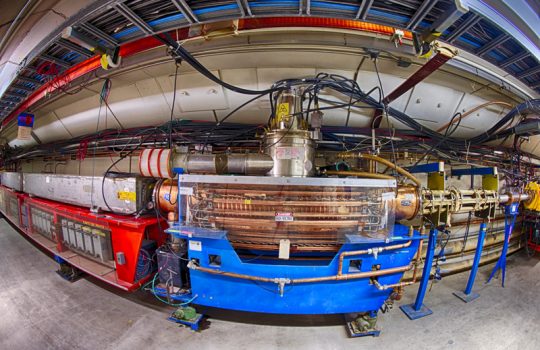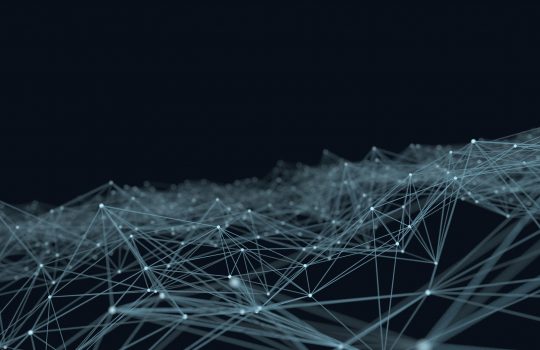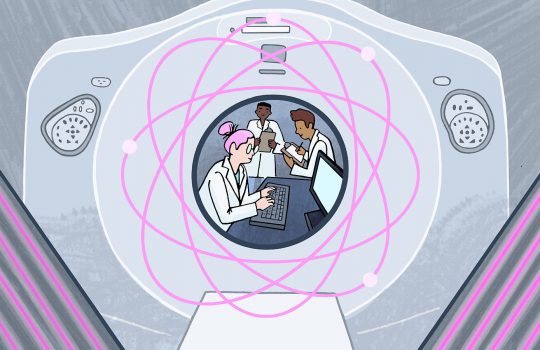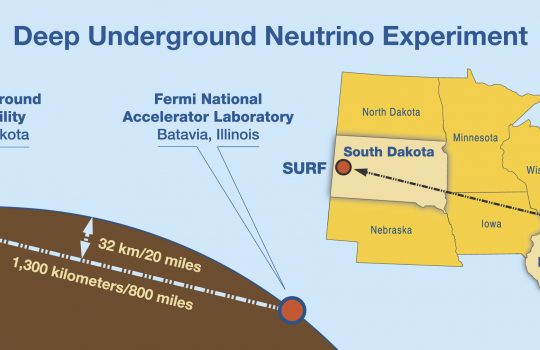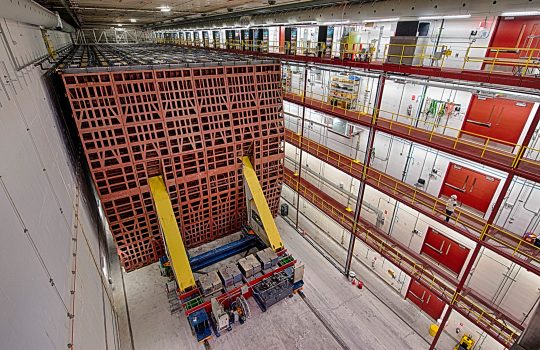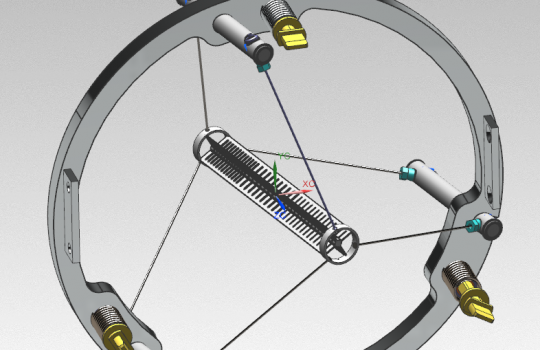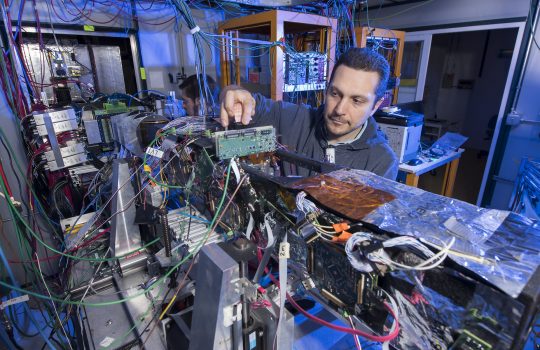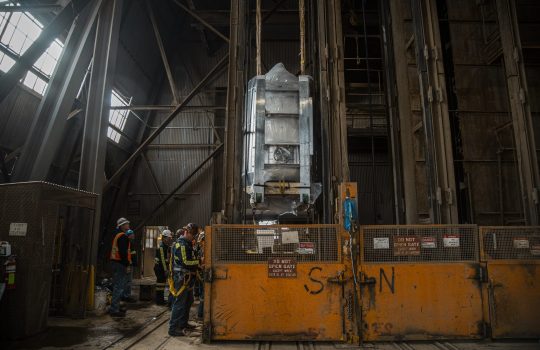Discovery of a new type of particle beam instability
Fermilab scientist Alexey Burov has discovered that accelerator scientists misinterpreted a certain collection of phenomena found in intense proton beams for decades. Researchers had misidentified these beam instabilities, assigning them to particular class when, in fact, they belong to a new type of class: convective instabilities. In a paper published this year, Burov explains the problem and proposes a more effective suppression of the unwanted beam disorder.

